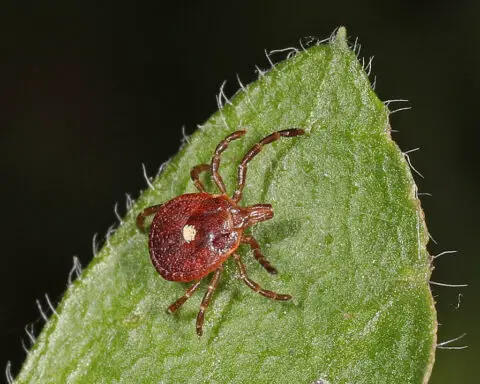The Gist: Snakebite envenoming is a major concern globally, but little is known about how environmental factors, including temperature, influence the frequency of snakebites. Researchers investigated the relationship between short-term temperature and snakebite emergency department visits in Georgia, a biodiverse US state with a high concentration of venomous snakes.
What Happened?: Researchers at Emory University analyzed data from emergency department visits in Georgia between January 2014 and December 2020. They identified visits for venomous and non-venomous snakebites using specific diagnosis codes, as well as visits for non-snake envenomation caused by insects, spiders, and scorpions. Daily meteorology data from the Daymet database was linked to patient ZIP codes.
By The Numbers:
- Over the 7-year study period, there were 3,908 emergency department visits for venomous snakebites, 1,124 for non-venomous bites, and a significant number of visits (65,187) for non-snake envenomation.
- Each 1°C increase in same-day maximum temperature was associated with a 5.6% increase in the odds of venomous snakebite and a 5.8% increase in non-venomous snakebite.
- The associations were strongest in the spring and less pronounced in the summer, where there was a higher number of bites but possibly due to a concave relationship between temperature and risk.
- Non-snake envenomation also showed a positive association with temperature, but the effect was slightly smaller and consistent across seasons compared to snakebites.
Why It Matters: Snakebite envenoming is a neglected tropical disease, and understanding environmental risk factors is crucial for prevention and control. This study highlights the significant influence of temperature on snakebite occurrence, potentially due to both human and snake behaviors. The findings could aid in developing targeted strategies to reduce snakebite-related morbidity and mortality.
What’s Next?: Further research is needed to understand the relationship between temperature and snakebite risk in different climates and ecosystems. Investigating species-specific behaviors of snakes and their interaction with human activities could provide valuable insights for snakebite prevention measures. Public health efforts could focus on raising awareness about the heightened risk during specific seasons and promoting precautionary measures in snake-prone regions.
Disclosure: This article may contain affiliate links, meaning we could earn a commission if you make a purchase through these links.







